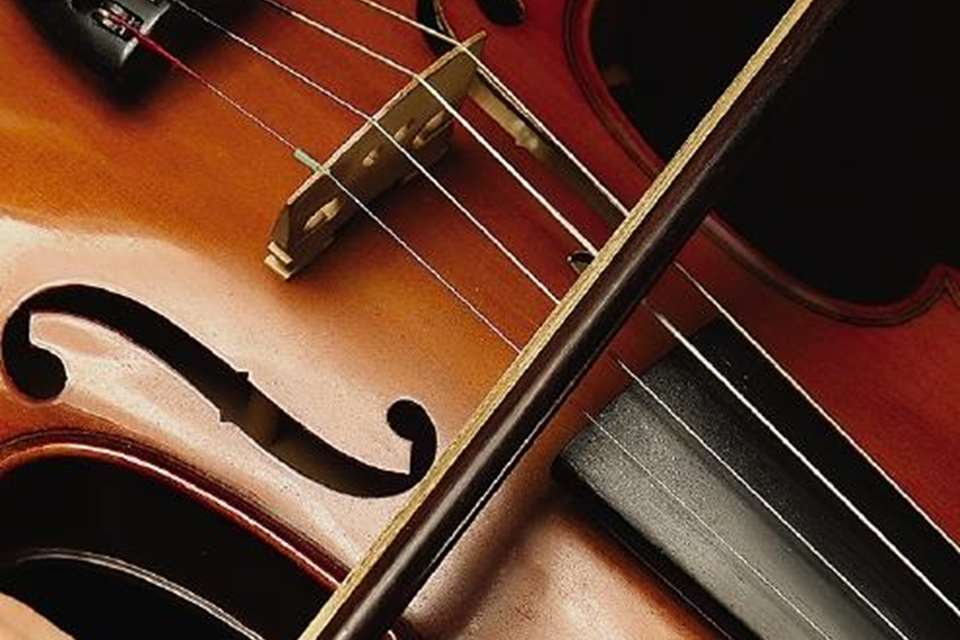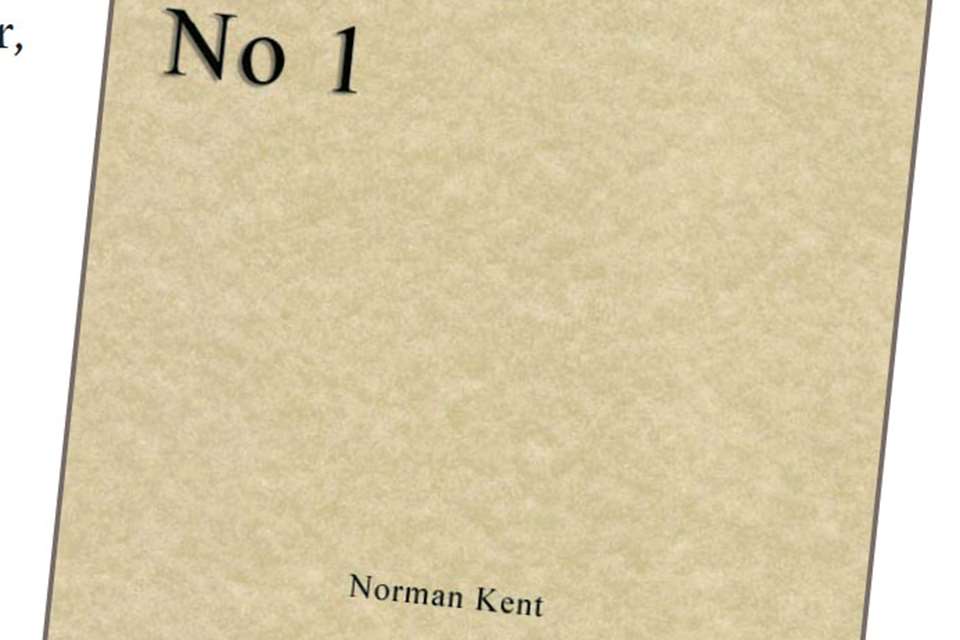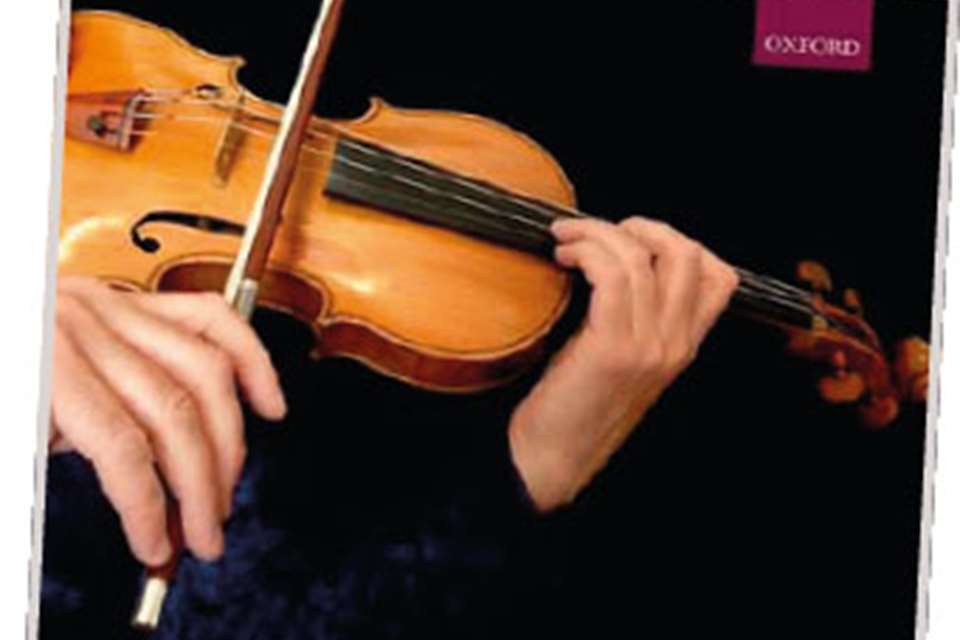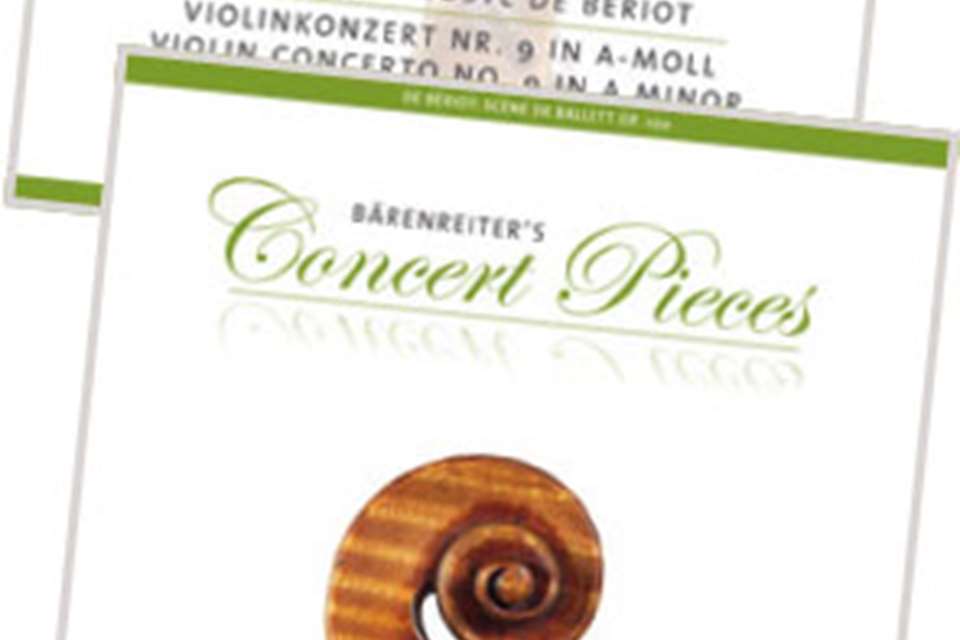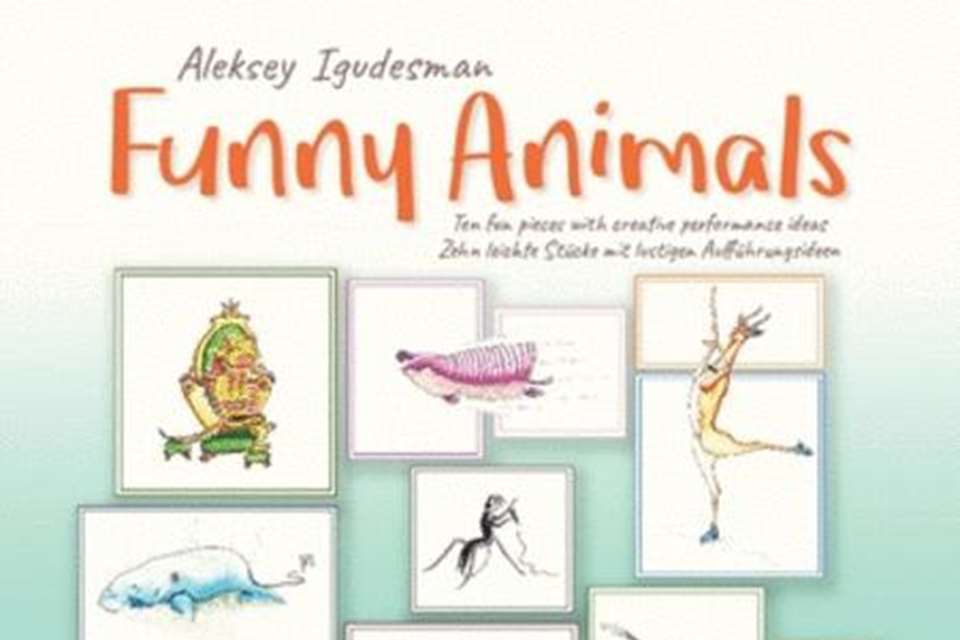Violin Sheet Music Reviews: Coleridge-Taylor's Suite de Pièces
Helena Ruinard
Wednesday, September 1, 2021
Helena Ruinard reviews Coleridge-Taylor's Suite de Pièces, published by Schott Music.
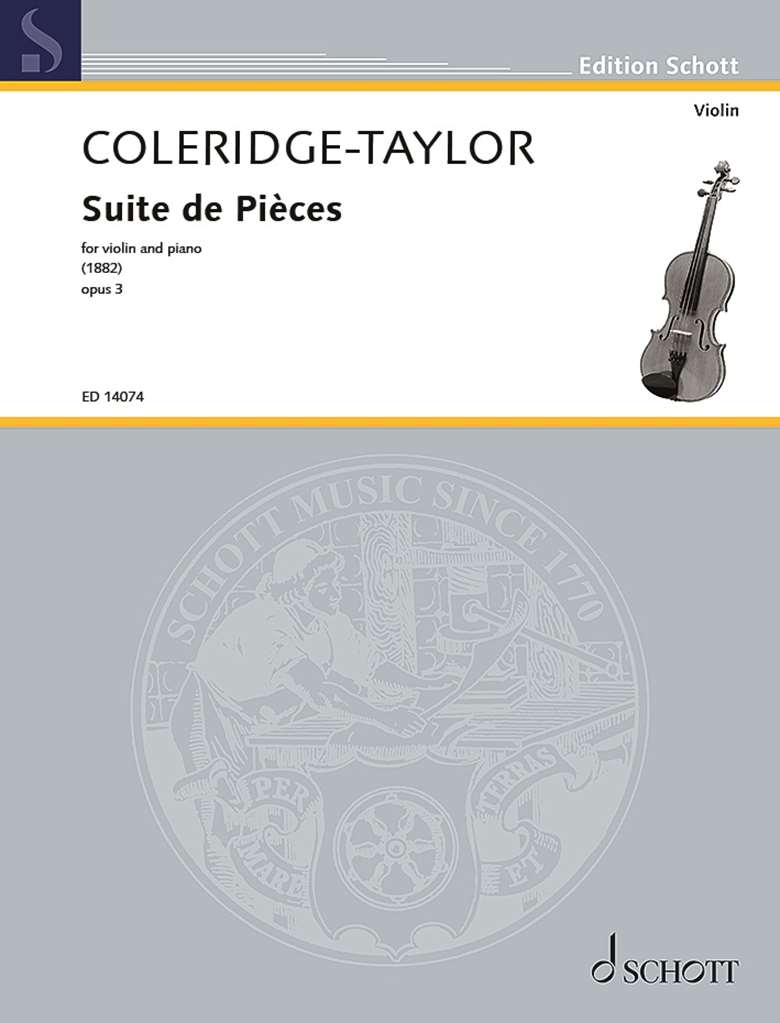
Samuel Coleridge-Taylor enjoyed great success during his lifetime, but after his death the music fell out of fashion. In the preface to this collection, Schott freely admits that while it bought the rights to these pieces from Coleridge-Taylor in 1892, the Suite was withdrawn from print at some point, and it has taken possibly the best part of a century to reissue it. As we work towards redressing the balance and championing the work of black classical composers, these pieces are bound to be sought after by programmers, performers and teachers. If music by Coleridge-Taylor was performed at the Proms at least three times a year on average between 1898 and 1939, as it suggests in the preface, then why not at least once a year now? Apparently, it has been heard at the Proms just 11 times since 1940. The time is ripe to incorporate more of Coleridge-Taylor's work into concerts of all sizes.
The Suite contains four gentle pieces: ‘Pastorale’, ‘Cavatina’, ‘Barcarolle’ and ‘Contemplation’. Evidently a compound time feel was very much in mind for the 17-year-old Coleridge-Taylor as he wrote the pieces – the ‘Pastorale’ and ‘Barcarolle’ lilting along as you would expect, and ‘Contemplation’ somewhat uneasily trying to marry compound and simple time, with the different voices often simultaneously in 3/4 and 6/8. If the performers manage to keep the pulse sounding ambiguous, then the passionate character really does sing out.
All four pieces are rewarding to play, with short bursts of passagework and material which often ascends into fifth, sixth and seventh position. If the music sounds somewhat generic, in my opinion this only makes it easier for a young performer to convey. There is a lovely balance between repetition and contrast, and a little light chromaticism which only hints at the language Coleridge-Taylor would later develop.
Any of these four pieces could make a great choice as the slow, expressive piece at Grade 6 or 7 and the full Suite would be a lovely recital filler, written as it is by a violinist for violinists.


